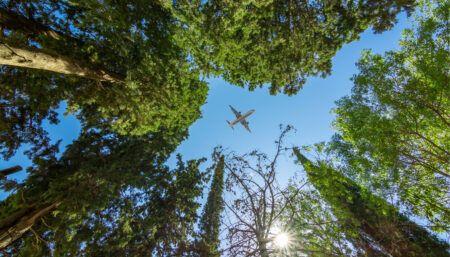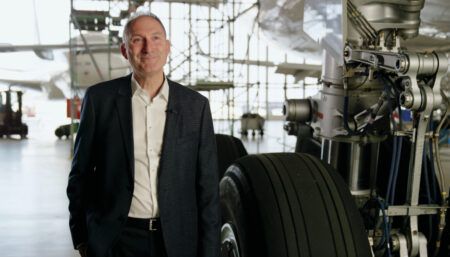Shared ownership/fractional operator Flexjet has taken delivery of the first Embraer Praetor 600 for its European fleet, becoming the fleet launch customer for the aircraft. The jet is part of the premium Red Label by Flexjet programme.
Announced by Embraer in 2018, the super-midsize Praetor 600 seats nine passengers plus a cabin server. Its short-field performance enables it to fly into airports including London City in the UK, and it has a range of more than 4,000 miles.
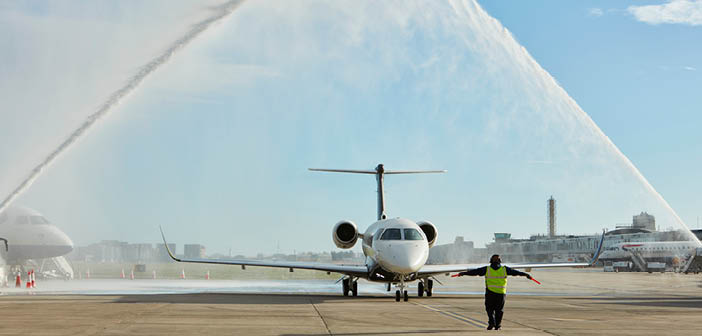
Onboard amenities
The Praetor 600 offers high-speed satellite wi-fi connectivity and a touchscreen Upper Tech Panel that puts flight information and cabin controls at passengers’ fingertips. In the cockpit, the Praetor 600 features full fly-by-wire technology, which powers the Active Turbulence Reduction. Enlarged winglets contribute to fuel efficiency.
The air-quality management system moves 100% fresh air through the cabin. There is also a HEPA filter to further improve air quality by filtering out 99.97% of all particles including bacteria, viruses and fungi. The Praetor 600 has a cabin altitude of 5,800ft when the aircraft is cruising at 45,000ft.
Flexjet says its Red Label programme offers custom cabin interiors; “the youngest fleet in the industry”; flight crews assigned to a single, specific aircraft; and innovations established in response to the COVID-19 pandemic.
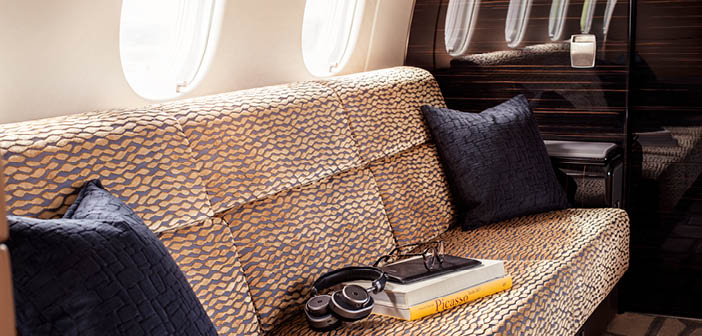
Sustainability goals
Its commitment to a young fleet is part of Flexjet’s efforts to meeting industry-wide sustainability goals by 2050. To meet that target, Flexjet has implemented a sustainability offering that it says goes far beyond carbon-neutral, as standard. It explained all owner flights will be fully emissions-neutral, compensating for both CO2 emissions, but also other non-carbon dioxide warming pollutants in aviation, such as water vapour, aerosol sulphate and nitrous oxides. This programme requires offsetting an additional 300% on top of standard CO2 emissions.
European investment
Flexjet’s first Praetor 600 is part of a US$1.4bn Embraer order announced in October 2019. The company’s Europe-based fleet already includes Embraer Legacy 500s and 600s.
European managing director Marine Eugène leads the team headquartered at Flexjet House in London, UK. As well as Flexjet House’s ‘experience centre’ for current and prospective shared aircraft owners, the company’s European facilities including a tactical control centre in the UK to coordinate flight logistics, and an aircraft maintenance facility in Milan, Italy.
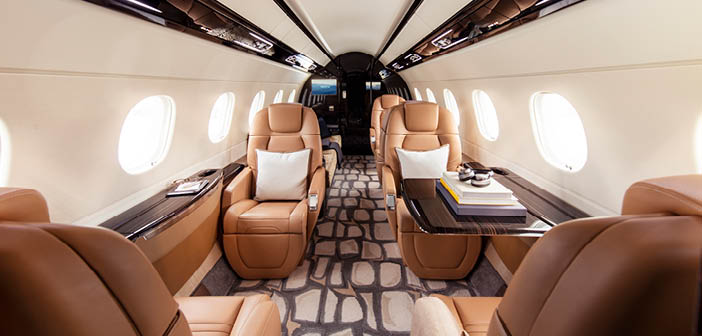
“Flexjet has taken the time to lay the groundwork to properly serve those entering the shared aircraft ownership market in Europe,” said Eugène. “Now that we have the infrastructure in place, we are growing our fleet with the addition of our new Praetor 600 aircraft.”
“With private jet service recovering much faster than commercial aviation in the wake of the COVID-19 pandemic, it’s clear that travellers want to minimise their risk of exposure to the coronavirus, and private jets are a lower-risk way to fly in the COVID-19 era,” said Michael Silvestro, CEO of Flexjet. “That makes this the perfect time to bring both the versatile Praetor 600 and the Red Label experience to the European market. With Marine Eugène at the helm, we look forward to the continued growth and evolution of our European offering.”
“Flexjet is the fleet launch customer for the Praetor aircraft, continuing a two-decade-long partnership with Embraer,” said Michael Amalfitano, president and CEO, Embraer Executive Jets. “We are pleased that Flexjet is introducing the world’s most technologically advanced super-midsized aircraft, the Praetor 600, to the European shared ownership market and has the capabilities to thoroughly disrupt the business aviation market.”
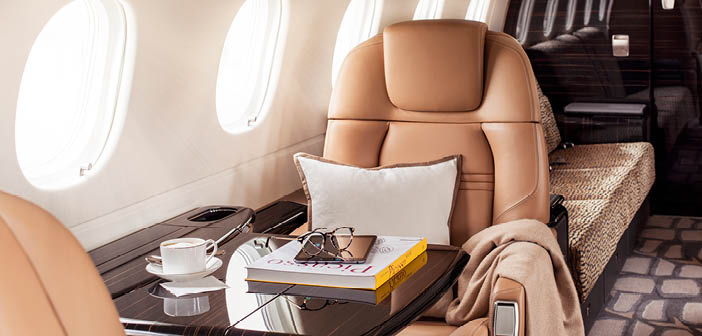
Safety measures
As part of its commitment to passenger safety and wellbeing, Flexjet decontaminates its cabins with antimicrobial treatments (MicroShield 360 in USA-based aircraft and Bacoban in EU-based aircraft).
Each cabin is equipped with MedAire’s Universal Precaution Kit, containing tools to help protect both passengers and crew from possible exposure.
Every pilot or crew member wears masks and undergoes a mandatory temperature check pre-tour and a second on duty. Each crew member remains in compliance with WHO-recommended guidelines for social distancing both on the ground and in the air.



